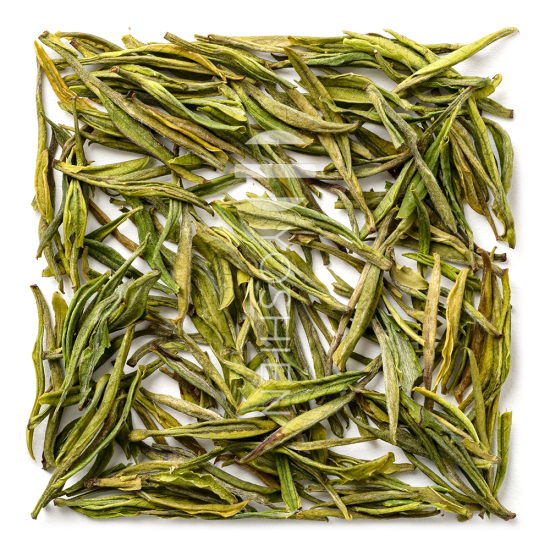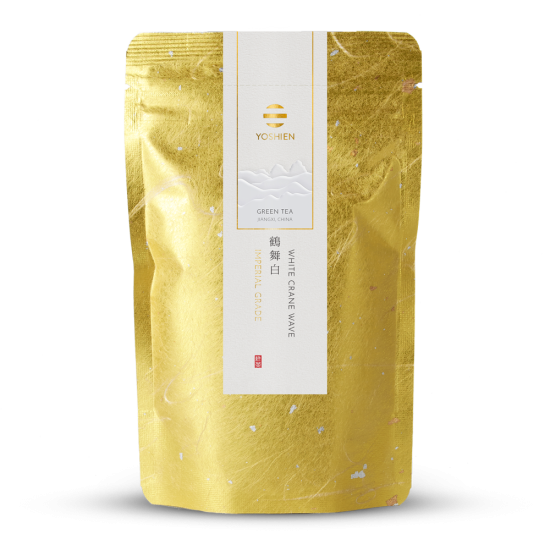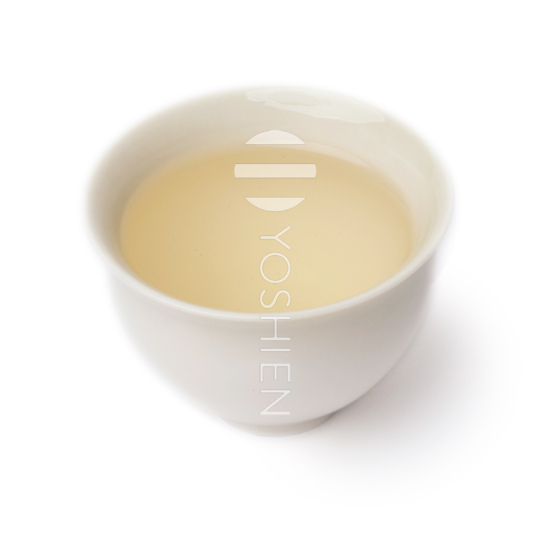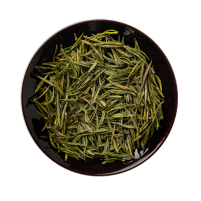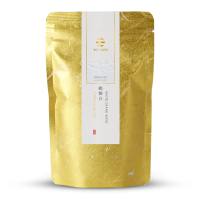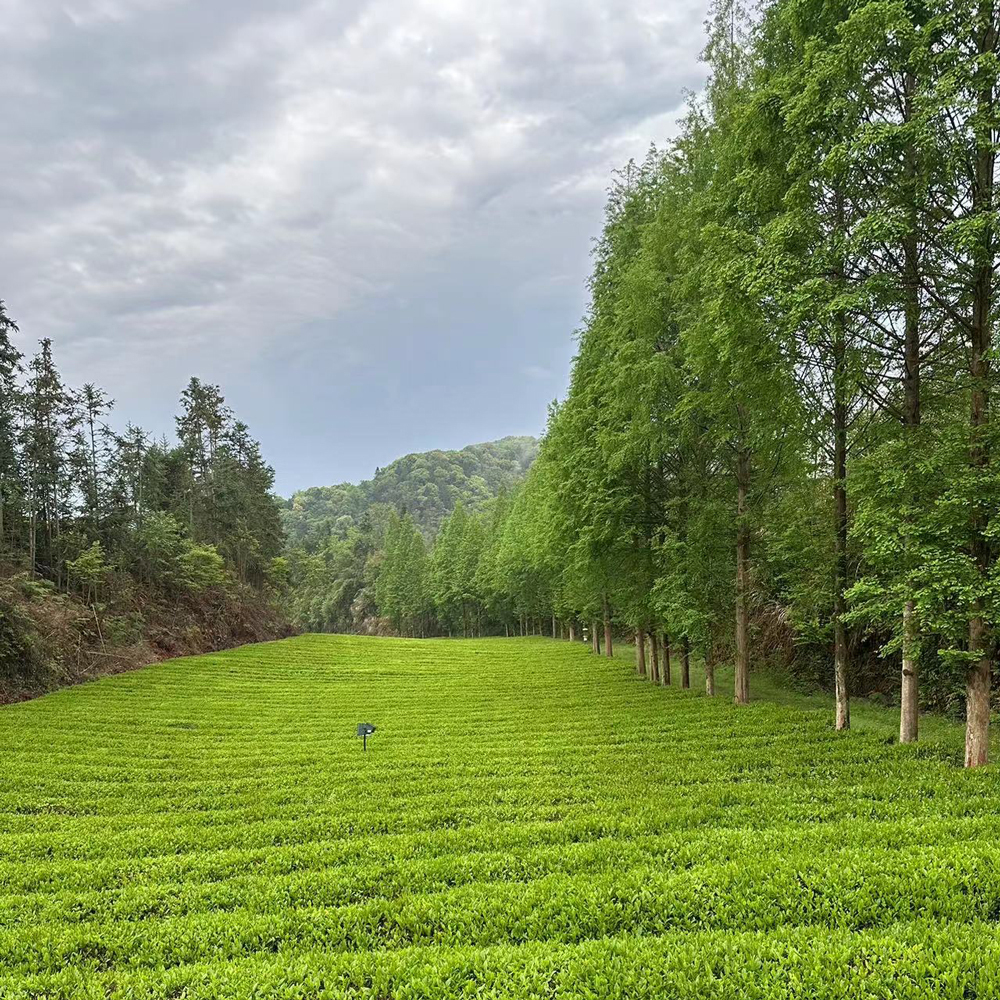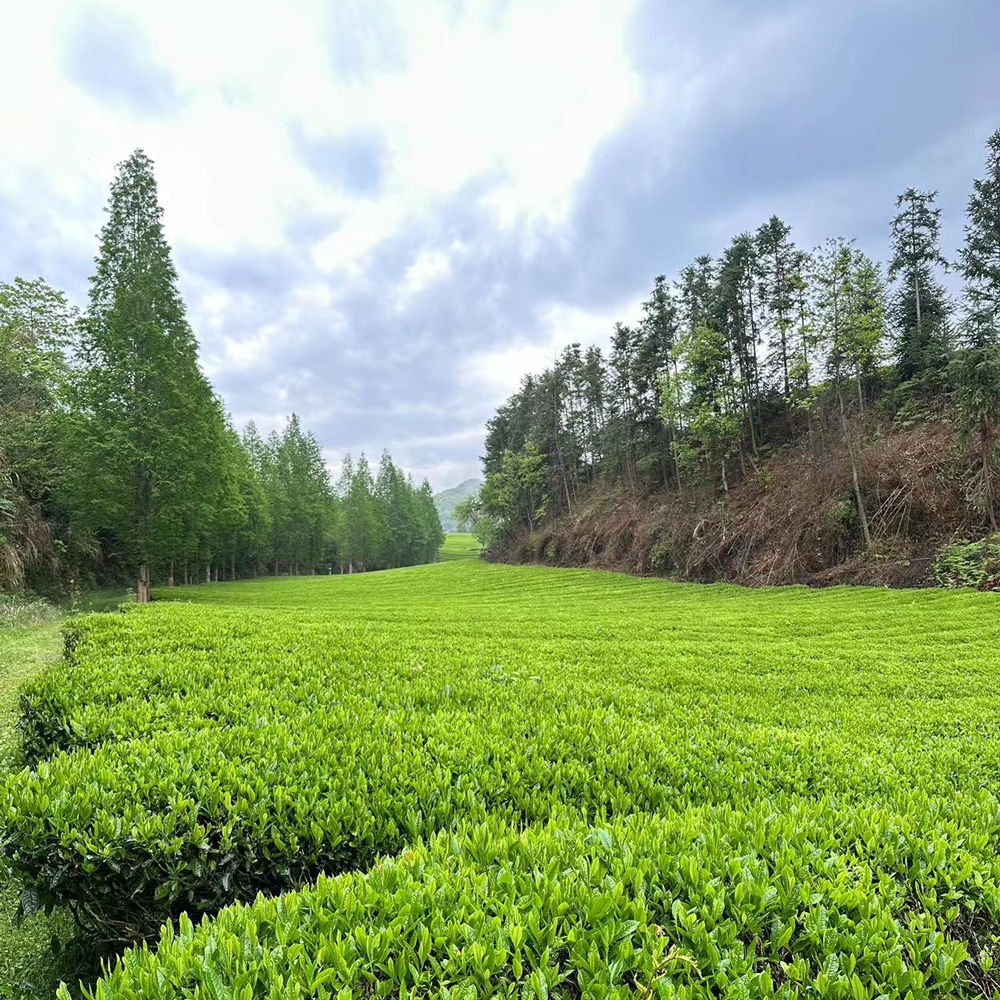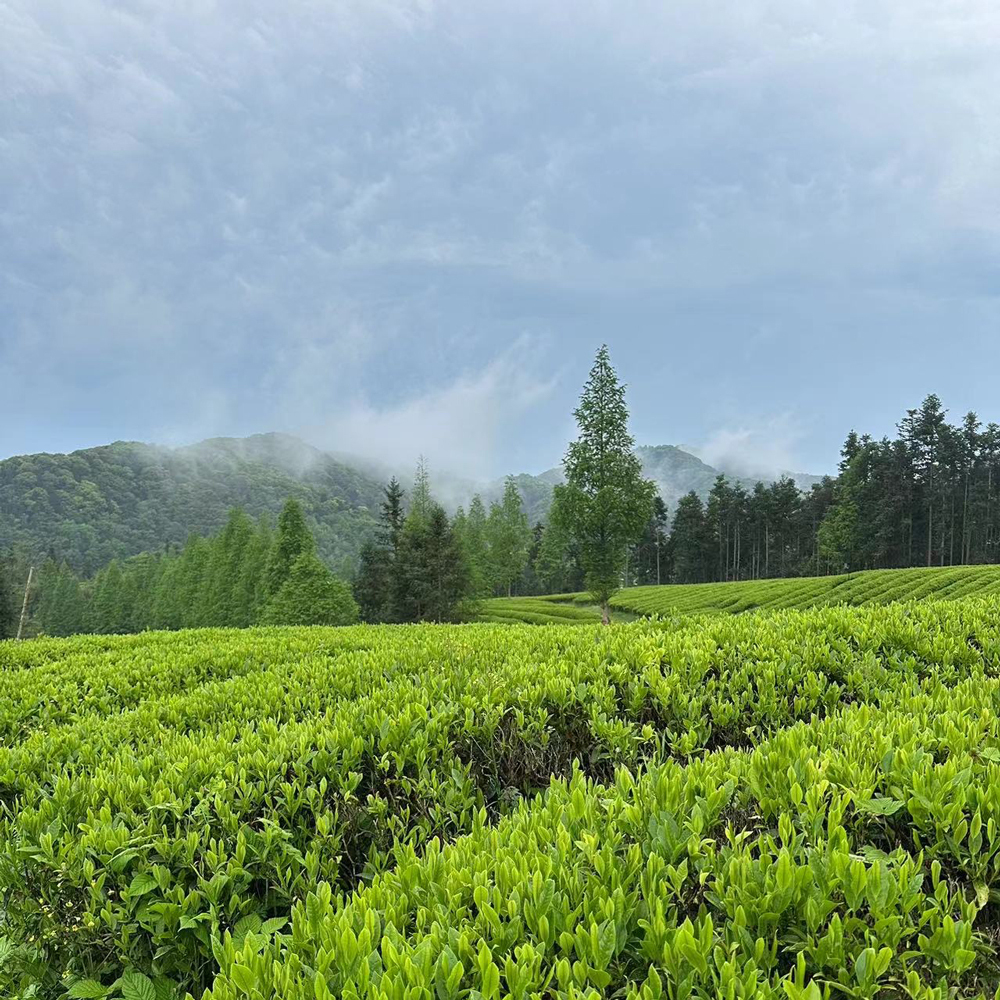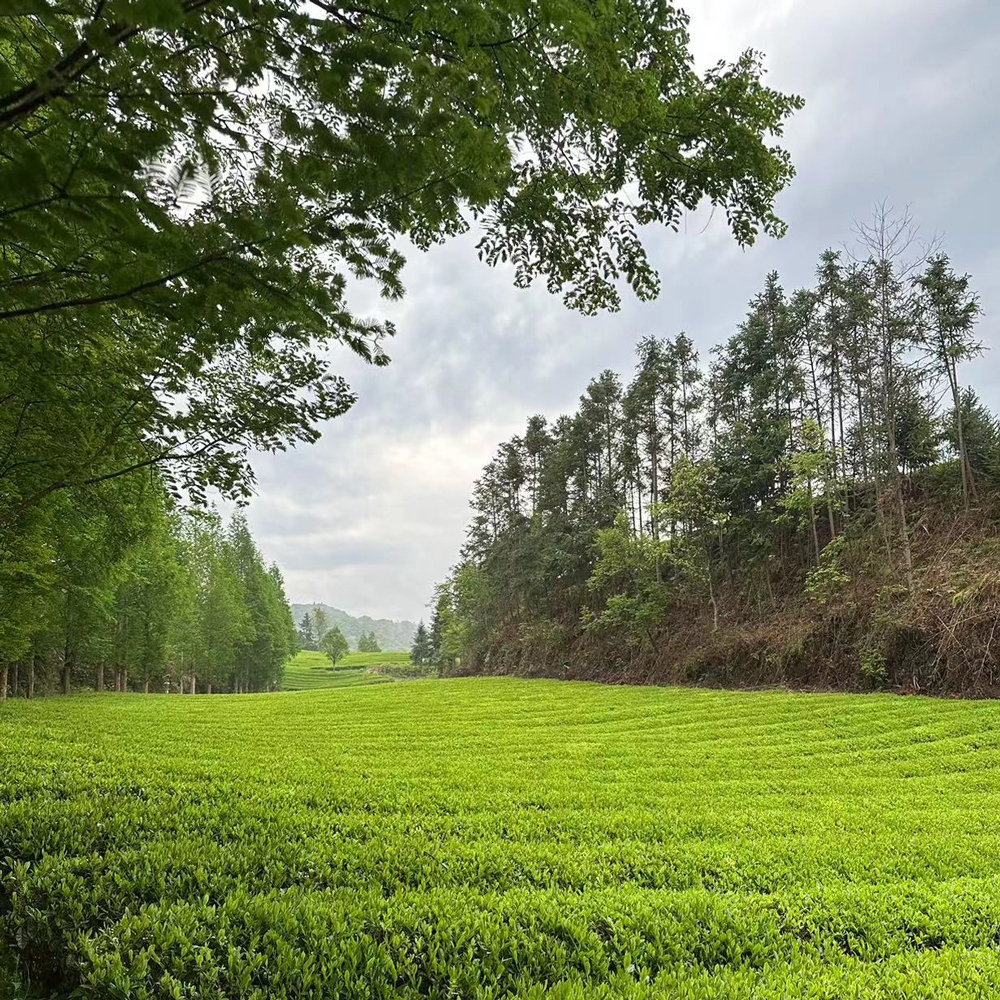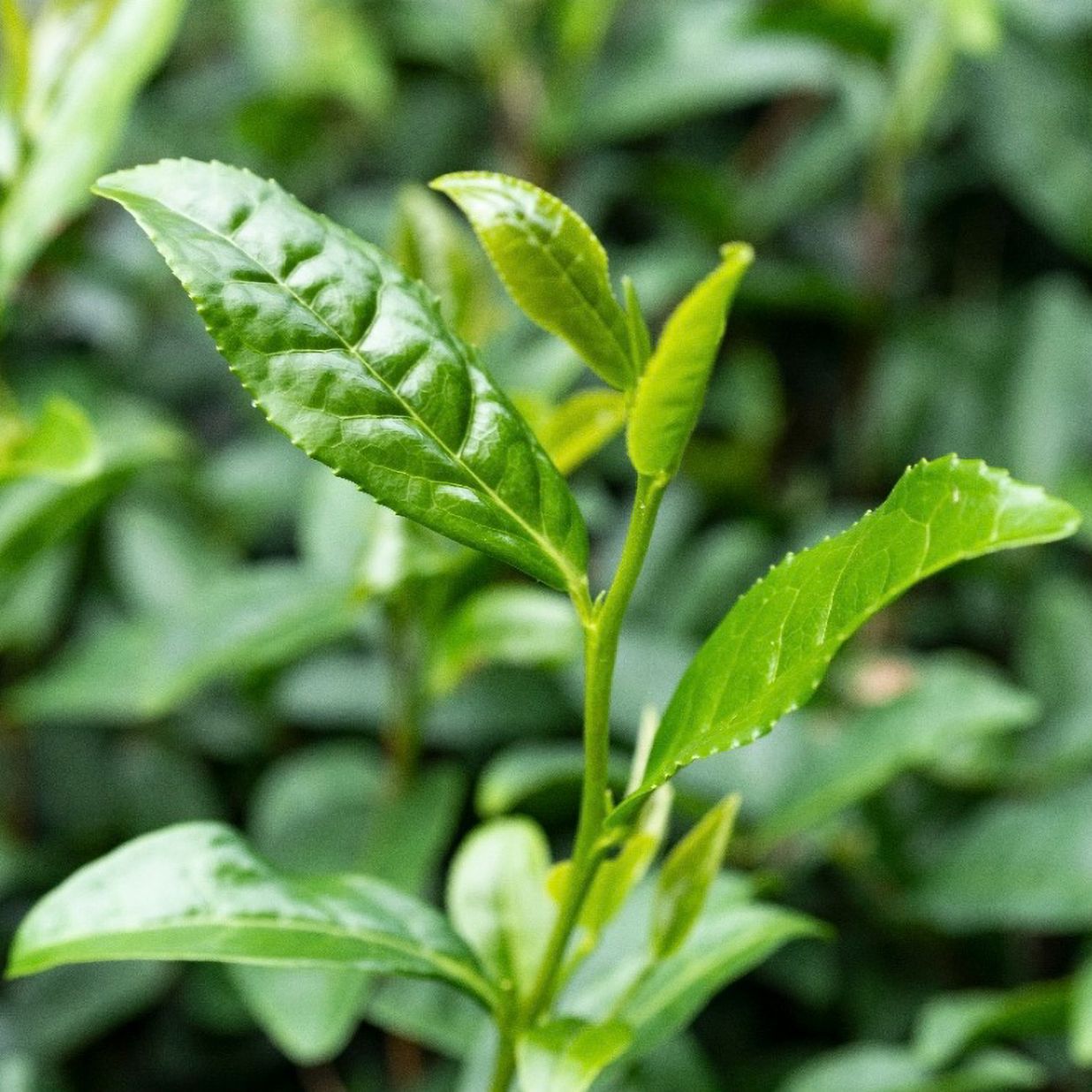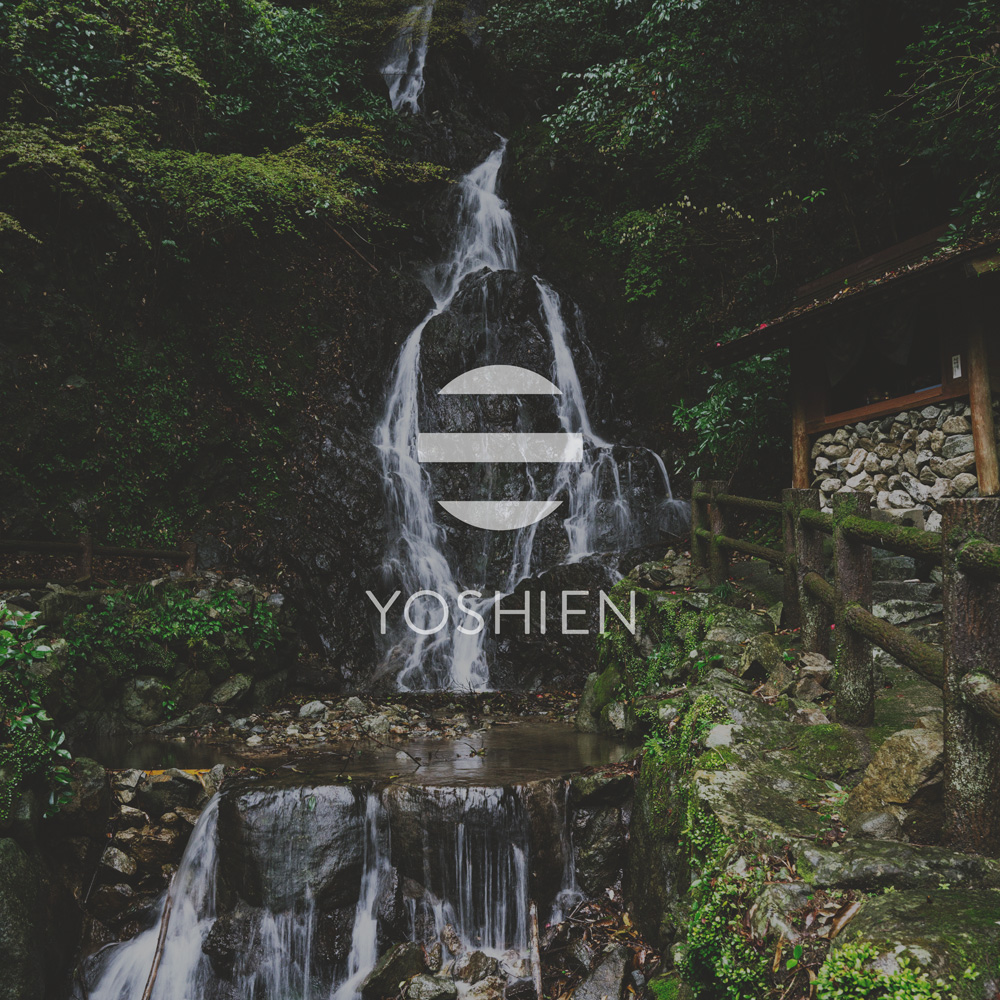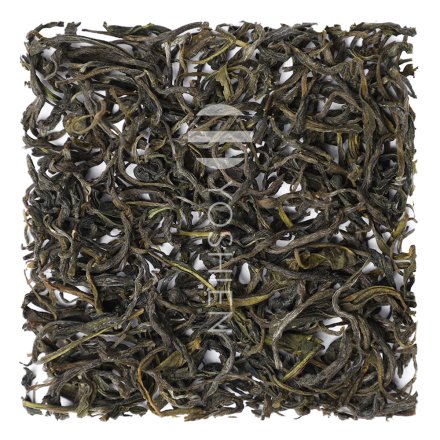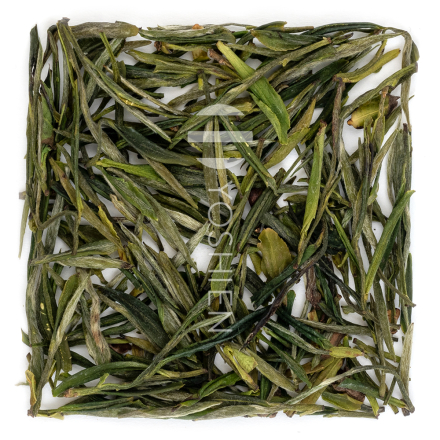Special features in location, cultivation and processing
Jiangxi is a landlocked province in the southeast of China. Its most important river is the Gan River, which is 751km long and gives the province its abbreviated name. Jiangxi is one of the less developed areas of China and remains predominantly rural. The province has a humid subtropical climate, characterised by short, cool, damp winters and very hot, humid summers. Annual precipitation is relatively high, with the majority falling between April and July. The northeast is among the wettest regions of the province. Average temperatures in January range from 3°C to 9°C, while in July they range from 27°C to 31°C. The provincial capital, Nanchang, is one of the hottest cities in China.
Many of China’s fertile and pristine mountain ranges and rivers lie around the 30th parallel north, including Mengding Mountain, Mount Huangshan, Lushan Mountain, and Mount Wuyi. The tea farm in Jiangxi borders this particular belt and is situated at an altitude of 800 metres on hilly mountain slopes. A lush forest vegetation, the region’s typical red soil, high-altitude lighting conditions with frequent clouds and naturally diffused mist create ideal growing conditions for tea plants.
This sought-after, exclusive tea exhibits a rare albino phenomenon not found in other tea bushes: albino tea plants are rare mutants that, due to a lack of chlorophyll under specific environmental conditions, develop young leaves with an albino appearance. These chlorophyll-deficient leaves lack the characteristic bright green hues and instead display a delicate and enchanting pale green to yellow colouring. This specific variety matures its chlorophyll much later than usual. The plant compensates for this with an abundance of amino acids, surpassing the levels found in other Chinese green tea varieties. This unique composition gives the brewed tea its delicate, pale appearance and contributes to its full-bodied and remarkably smooth flavour, which is distinguished by a delightful sweetness.
Qingming teas are the first teas to be harvested in each new spring season. Depending on the location and altitude of the individual tea-growing regions, leaf plucking can begin as early as mid-March and continue until early April, around the time of the Qingming Festival. Teas harvested before Qingming command the highest prices, as demand significantly exceeds supply each year, making them all the more treasured and desirable. Combined with the albino phenomenon, this hand-picked tea rarity is a true gem.
Single Origin
This tea comes 100% from the above-mentioned tea farmer, directly sourced from the farm.




